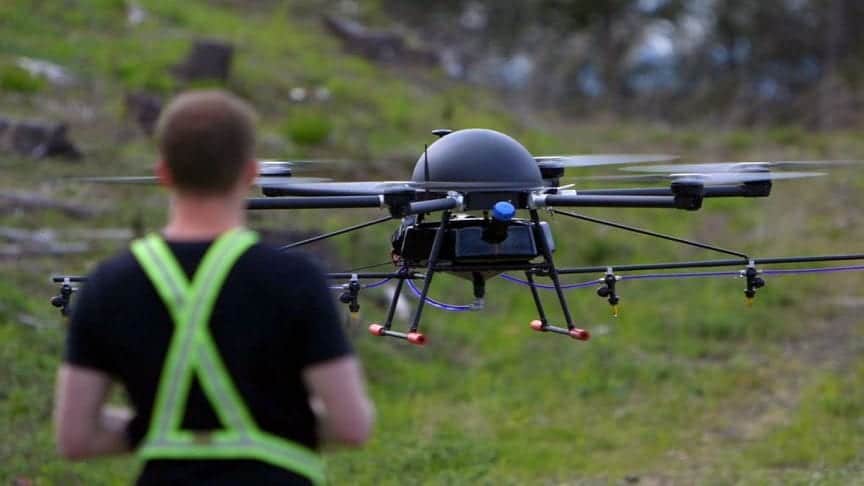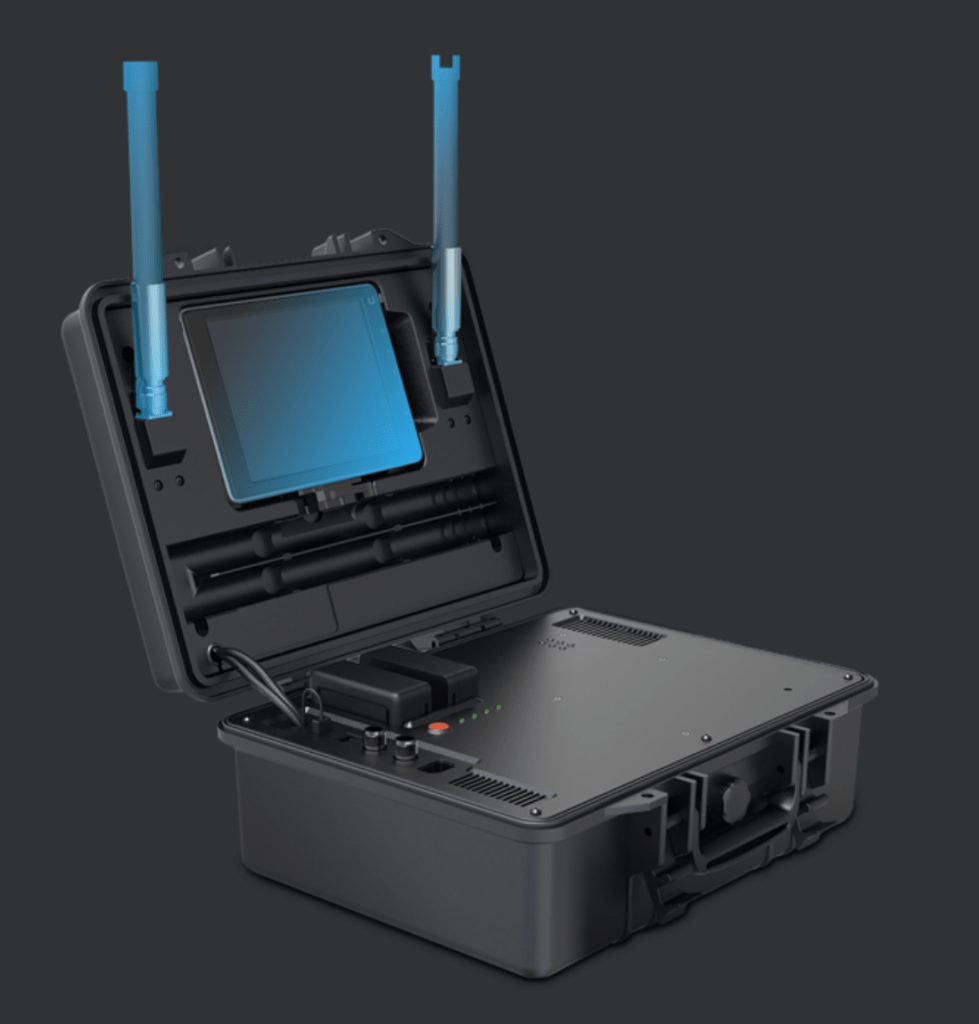If so, read on!
1) The Age of the Recipient
You must take into account the age of the person receiving the drone for multiple reasons including safety, practicality and suitability. Drones come in a variety of sizes, some tiny, hand-size devices designed to be flown indoors (please make sure pets are safely out of the way) and more robust ones that can cope with a bit of wind. It always worth reading the manufacturer’s guidelines with regards to the conditions it can be flown in.
2) UK Legislation
Drone Code: These are simple rules to help you know how to fly legally.
- Always keep your drone within sight.
- Never fly more than 400ft (120m) above the surface and stay well away from airports, aircraft and airfields.
- Never fly closer than 50m to people. Even when your drone is more than 50m away from people it is safer to avoid directly overflying them.
- Never fly closer than 50m to buildings, cars, trains or boats.
- Never fly closer than 150m to a crowd of 1,000 people or more. Never fly directly over a crowd.
- Never fly in an airport’s flight restriction zone.
- It is illegal to fly a drone or model aircraft between 250g-20kg that does not show a valid operator ID.
- For more information, download a copy of this pdf to include with your present: DroneSafe Rules.
3) Who will be Responsible for Registering it?
Registration: In the UK, as of 30 November 2019, drones weighing more than 250g must be registered with the Civil Aviation Authority (the CAA) before being flown outside.
The Recipient will need Operator ID and the Flyer will need to take a test to show that they understand the basics of the Air Navigation Order (ANO). The Operator must be 18 or older and if the Flyer is 13 or under a parent or guardian must be present at registration.
You need to be sure that someone will assume responsibility for registering the drone as it is a legal requirement. For more information, go to the CAA’s website.
4) Appropriate Places to Fly
Before you buy a drone as a gift, try to figure out where the recipient may fly it. As far as the law goes, no one owns the air but that doesn’t mean you can fly it in your back garden if you live close to others. You must check the rules above.
Don’t assume that because you can’t see the landowner, that it’s ok to fly. For example, the National Trust and English Heritage don’t permit flying from their land, but talk to a friendly landowner and come to an arrangement. They may not want you flying above their prize-winning flock of sheep, but the field beyond is free.
There are a number of apps that will help you decide if you are flying in a safe place, some of which come as standard when you buy insurance. We strongly recommend this. There will come a time when the drone flies away, hits a tree, lands in water or hits something causing damage, and then you will find you need insurance but it will be too late. Coverdrone, Flock and Moonrock all have ‘pay as you fly’ and ‘annual cover’ options.
5) ARPAS-UK Membership
Of course we’re going to mention this!
ARPAS-UK is the UK’s only not-for-profit Association that works on behalf of the drone industry. We work with Government departments, the CAA and other key stakeholders to help keep the airspace as accessible as possible, promote the use of drones within the UK economy, and encourage safe, responsible flying.
For £25 for Recreational Membership, you can help support us in our work. Join Here
#FlySmartFlySafe















